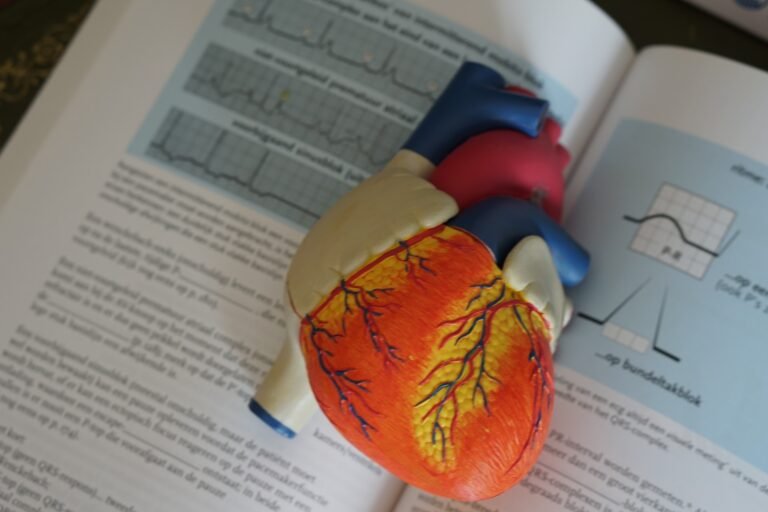Debunking Biocentrism: Separating Fact from Fiction
In the ever-evolving realm of scientific theories and philosophical paradigms, biocentrism stands as one of the most controversial and captivating concepts. Proposed by Dr. Robert Lanza, biocentrism suggests that life, consciousness, and biology are fundamental to the universe, rather than the universe being the fundamental framework for life. While this theory has gained its fair share of enthusiasts and critics, it’s imperative to delve into the core of biocentrism and examine whether it holds water or if it’s just another captivating yet flawed hypothesis.
The Genesis of Biocentrism
Biocentrism emerged as a radical departure from the traditional scientific paradigms that place the universe at the forefront, emphasizing its existence as an independent entity. Dr. Robert Lanza challenged this view by postulating that consciousness is the linchpin of reality. According to biocentrism, life, and more specifically, consciousness, creates the universe rather than the other way around. It’s a revolutionary idea, but does it have any scientific basis?
The Quantum Enigma
One of the central tenets of biocentrism is its reliance on quantum physics to support its claims. Proponents argue that the behavior of particles in quantum mechanics, such as the famous double-slit experiment, suggests that consciousness has a direct impact on the physical world. However, this interpretation is not universally accepted within the scientific community. Many physicists contend that quantum phenomena do not necessarily equate to a conscious universe and that the interpretation of these results is still a topic of debate.
A Flawed Interpretation
Critics of biocentrism often argue that the theory is rooted in a misinterpretation of quantum physics. They assert that the role of consciousness in these experiments is misunderstood. In the double-slit experiment, for instance, particles behave differently when observed, but it doesn’t necessarily prove that consciousness shapes reality. The more conventional interpretation is that the act of observation itself disturbs the particles, leading to the observed changes.
The Anthropic Principle
Another argument presented by biocentrism proponents is the Anthropic Principle, which posits that the universe seems perfectly tuned for the existence of life and consciousness. While this principle is intriguing, it’s not exclusive to biocentrism. Many physicists and cosmologists argue that the anthropic principle can be explained by the multiverse theory, which suggests that our universe is just one of many in a vast cosmic landscape. In this context, the existence of a universe suitable for life is not surprising.
The Biological Bias
Biocentrism also faces criticism for its anthropocentric view. By emphasizing the importance of life and consciousness, it tends to prioritize human existence. Critics argue that this perspective is biased and that it ignores the vast expanse of the universe, where most of it remains devoid of life or consciousness. In essence, biocentrism may be too narrow in its focus, neglecting the greater cosmic reality.
Reconciling Biocentrism with Mainstream Science
To be fair, it’s essential to acknowledge that biocentrism raises some profound and intriguing questions. While it may not offer a definitive explanation for the nature of reality, it can coexist with other scientific theories. Biocentrism can serve as a philosophical lens through which we explore the implications of consciousness on our perception of the universe.
The Conclusion
In the realm of science and philosophy, biocentrism remains a highly controversial and divisive concept. While it presents fascinating ideas and challenges our conventional understanding of reality, it falls short of providing concrete evidence to substantiate its claims. Critics argue that biocentrism misinterprets quantum physics and relies on a biased perspective.
In the end, biocentrism is a thought-provoking theory that stimulates philosophical discussions, but its status as a scientific paradigm is far from established. As we continue to explore the mysteries of the universe, it is crucial to keep an open mind while critically evaluating the claims of biocentrism, separating fact from fiction, and embracing the inherent complexity of the cosmos.







